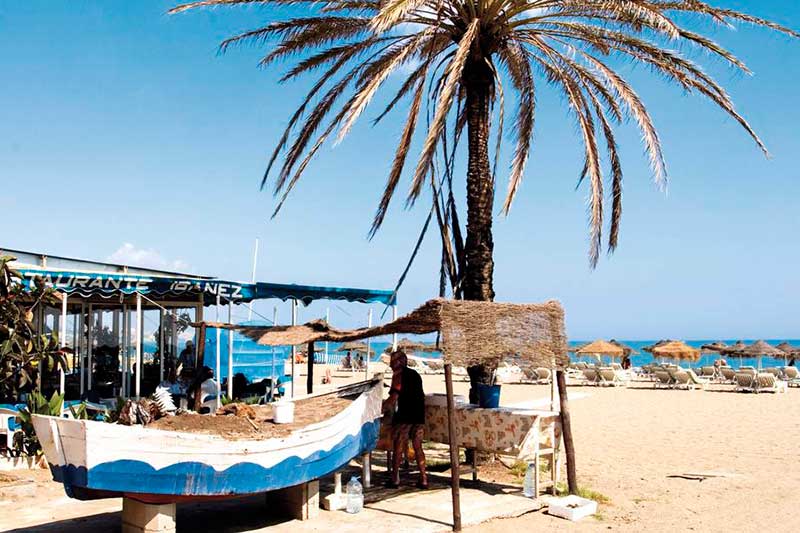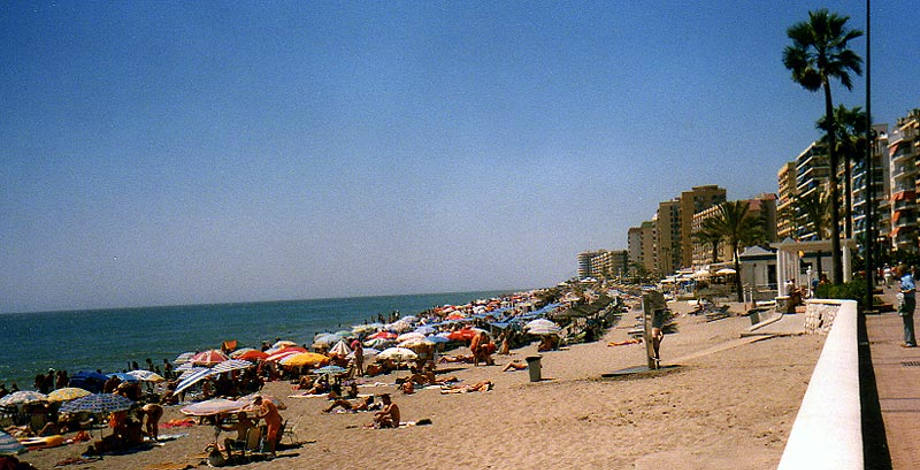
General Background
In the not so distant past, Fuengirola used to be a small fishing village. Over the last few decades, however, it has grown rapidly to become the modern, highly-coveted destination it is today. Featuring a a diverse array of amenities and facilities, the seaside town is a popular resort for tourists, offering a seven kilometre-long promenade dotted with attractive beach areas for relaxing and taking in the town’s many charms.
About the Area
Over the years, Fuengirola has become slightly tarnished with a reputation among foreign tourists as a “party place” where they could take advantage of cheap booze and low-cost flights. While this might apply in hardcore pub/nightclub hubs in the town centre (at certain times of the day and year), the reputation is unjustified, as visitors can enjoy peaceful fun-filled nights without any trouble – ideal for all ages and tastes.
Furthermore, while Fuengirola has become consolidated as a modern tourist resort over the years, there are many neighbourhoods within the town – including its “sister” district of Los Boliches – which remain traditionally Spanish. They are definitely worth a visit, as they will give you a fascinating insight into Spanish culture and the local way of life.
What to See

If you travel into town via the coastal road, you will first arrive in Los Boliches, where a bustling open-air market is held twice a week (Tuesday and Saturday). It is one of the biggest in the area too, so definitely worth visiting if you get the chance.
The fairground is also the venue for the Feria Internacional de los Pueblos in spring, an annual fair that brings together countries and cultures from around the world in a week-long extravaganza of gastronomy, live entertainment and festivities (mostly of the family-friendly kind).
The town has a pleasantly laid out and well-maintained zoo, Biopark Fuengirola, where the animals are looked after with meticulous professional care and attention. It is recognised internationally for a conservation programme that recreates the home environments of its “residents”, and protects and breeds species in danger of extinction.
For foodies, Calle Moncayo offers a multicultural smörgåsbord of culinary options. This pedestrianised area is wall-to-wall with restaurants and is popularly known as “Fish Alley”, or “Calle del Hambre” in Spanish (“Hunger Street”).
In a bustling plaza behind the nearby post office (Correos), there are several chic tapas restaurants that attract a cool young (and not so young) crowd, especially on weekends and during the summer season.
How to Get There
Fuengirola is located approximately 28 kilometres west of Málaga-Costa del Sol Airport, on the main road towards Marbella and bordering Mijas municipality. It can be reached quickly via the autovia (highway) or at a more leisurely pace along a picturesque coastal route through Torremolinos and Benalmádena.
Fuengirola is also well-serviced by buses, and is the last stop on the Renfe Cercanías local rail link from Málaga city – including a convenient stop at the airport.
